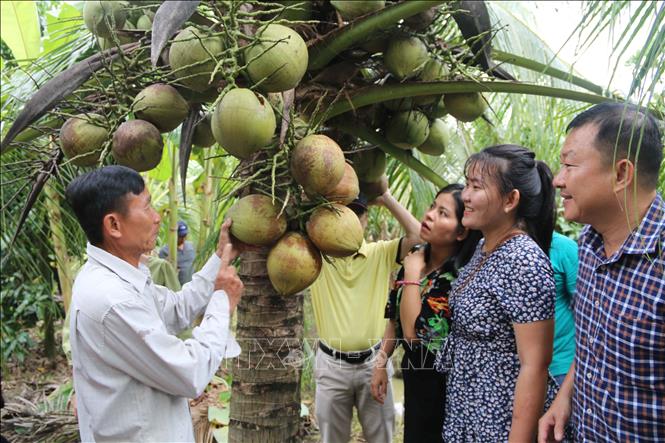
Along with that, fresh coconut exports are recording impressive growth, especially in demanding markets such as the US and China. However, behind these positive figures are a series of challenges in terms of output, pests and unsustainability in the supply chain - forcing the Vietnamese coconut industry to reconsider in order to develop in depth.
According to the Vietnam Fruit and Vegetable Association, fresh coconut products from Vietnam are very popular in the US and China - large markets with high standards. Vietnamese coconuts have a distinctive flavor, are easy to preserve and transport, and are especially popular in the summer. In addition to direct consumption, coconuts are also processed into a variety of products such as canned coconut water, coconut milk, dried coconut, or used in cosmetics and pharmaceuticals.
The opening of the export market to these two populous countries has contributed to pushing up domestic coconut prices. In Ben Tre - the largest coconut growing area in the country with about 79,000 hectares, the price of green coconuts is currently being sought by traders right at the garden. However, while the market is "hot", the supply is "cold" due to harsh weather.
Mr. Cao Ba Dang Khoa, General Secretary of the Vietnam Coconut Association, said that this year there was a serious coconut crop failure, lasting for more than three months - unprecedented. The heat and drought right at the flowering stage of the coconut trees caused a very low fruit set rate. In particular, the impact of saltwater intrusion in the dry season of 2024 - 2025 caused a sharp drop in productivity.
Coconut prices have reached a record high, but many processing factories are operating at a low level, even stopping production due to a lack of qualified raw materials. Ms. Le Hong Ngoc Anh - Director of Coco Hihi Company (Ben Tre) shared: The company is temporarily suspending factory operations because there is not enough fresh coconut material that meets standards for export. Temporarily, the company has switched to grapefruit to maintain operations.
Mr. Nguyen Dinh Tung, CEO of Vina T&T, said that the amount of coconuts the company is selling only meets two-thirds of orders.
Mr. Tom Nguyen - Director of Vietnam International Agricultural Products Co., Ltd. said that due to the strong increase in domestic demand, the export price of coconuts is no longer competitive. "We are currently only maintaining exports to some high-end markets such as Australia and New Zealand - where although the purchase volume is not much, it is stable and the price is good. As for the Chinese market, we are currently unable to export due to fierce price competition between Thai and Philippine coconuts."
Currently, the whole country has about 200,000 hectares of coconut plantations, with an average output of 2 million tons/year, making Vietnam the 7th largest coconut acreage in the world . Vietnamese coconuts are divided into 2 types: raw coconuts and drinking coconuts.
In 2024, fresh coconut exports will reach 294 million USD, accounting for 27% of the industry's total export turnover. There are currently 16 types of fresh drinking coconuts grown in Vietnam. However, businesses and the market have only exploited 5 types such as dwarf coconut, green coconut, elongated coconut, pineapple coconut and drinking coconut... for export. Businesses have not invested in building raw material areas and building brands for famous drinking coconuts such as Tam Quan coconut (Binh Dinh), Ninh Da coconut ( Khanh Hoa )...
Not only facing climate change and drought and salinity, coconut gardens in Ben Tre also have to fight against black-headed caterpillar - an invasive pest with great destructive power and fast spreading speed. According to the Department of Cultivation and Plant Protection of Ben Tre province, if not controlled promptly, black-headed caterpillar can seriously affect the productivity of the whole province.
Another problem is that farmers’ farming practices have not improved. Mr. Khoa said: “In many localities, farmers almost only exploit coconut trees without fertilizing them. Only Ben Tre still has the habit of fertilizing and caring for them regularly.” This leads to low productivity and coconut trees are vulnerable to diseases and extreme weather.
Faced with this reality, the Vietnam Coconut Association has and continues to organize many conferences, encouraging fertilizer factories to invest in researching specialized products for coconut trees, especially organic fertilizers. In addition to helping coconut trees grow stably and avoid exhaustion, the use of organic fertilizers also limits the risk of chemical residue contamination.
For the coconut industry to develop sustainably, according to Mr. Dang Phuc Nguyen - General Secretary of the Vietnam Fruit and Vegetable Association - a comprehensive strategy is needed from seeding, expanding area, care to quality control. Currently, Ben Tre is a pioneering locality in building standard growing areas. According to the provincial Department of Agriculture and Environment, by 2025, this locality will maintain and expand 20,000 hectares of organic coconut, along with 2,000 hectares eligible for growing area codes for processing and export. This is an important step in the process of building a sustainable coconut industry value chain.
However, according to the Vietnam Coconut Association, the organic coconut area currently accounts for only over 12% of the total area. If the coconut industry wants to reach the export target of 1 billion USD, it needs to rapidly increase the organic area and at the same time link farmers - businesses - processing factories into a stable chain.
Source: https://doanhnghiepvn.vn/kinh-te/-con-sot-dua-tuoi-thoi-diem-xay-dung-chuoi-gia-tri-ben-vung/20250623085450865


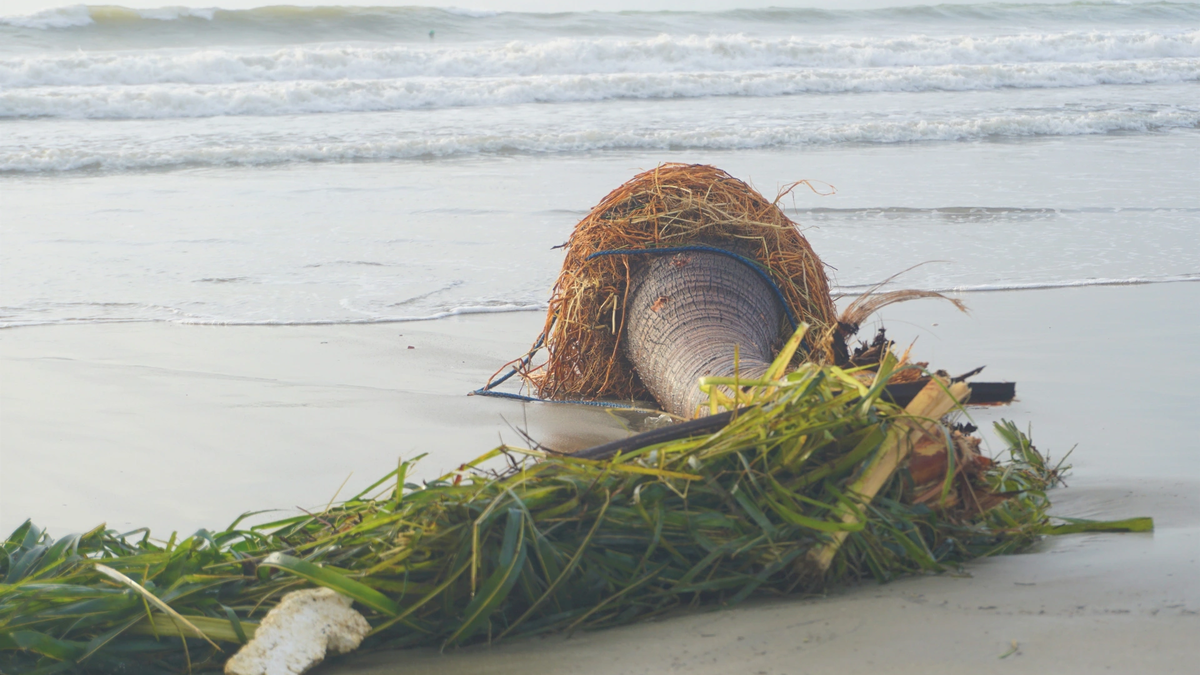



![[Photo] Hanoi: Long Bien residents brave the rain to go to work and school amid traffic jams due to bridge closures from early morning](https://vphoto.vietnam.vn/thumb/1200x675/vietnam/resource/IMAGE/2025/11/07/1762485038077_dji-0206-1506-jpg.webp)










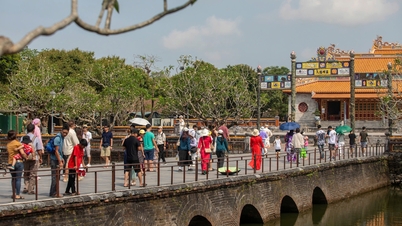



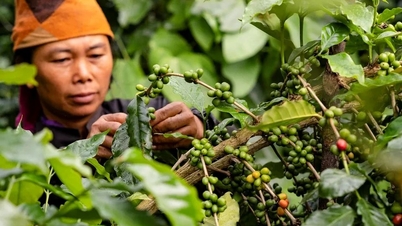


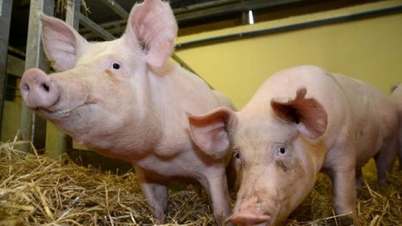
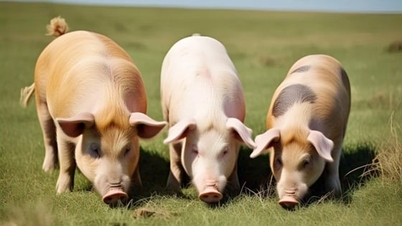








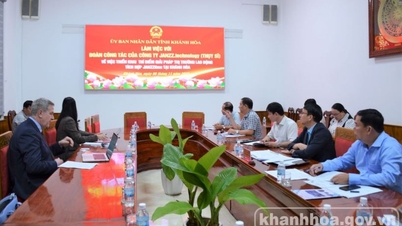


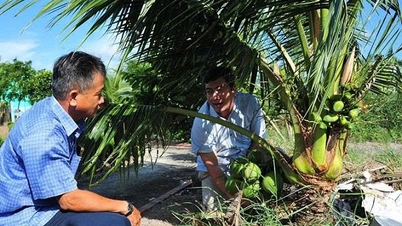




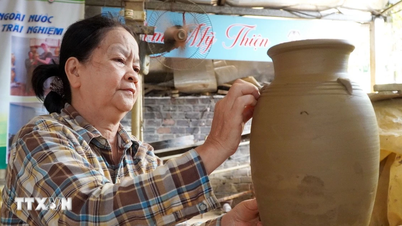












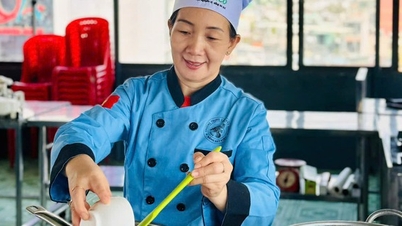










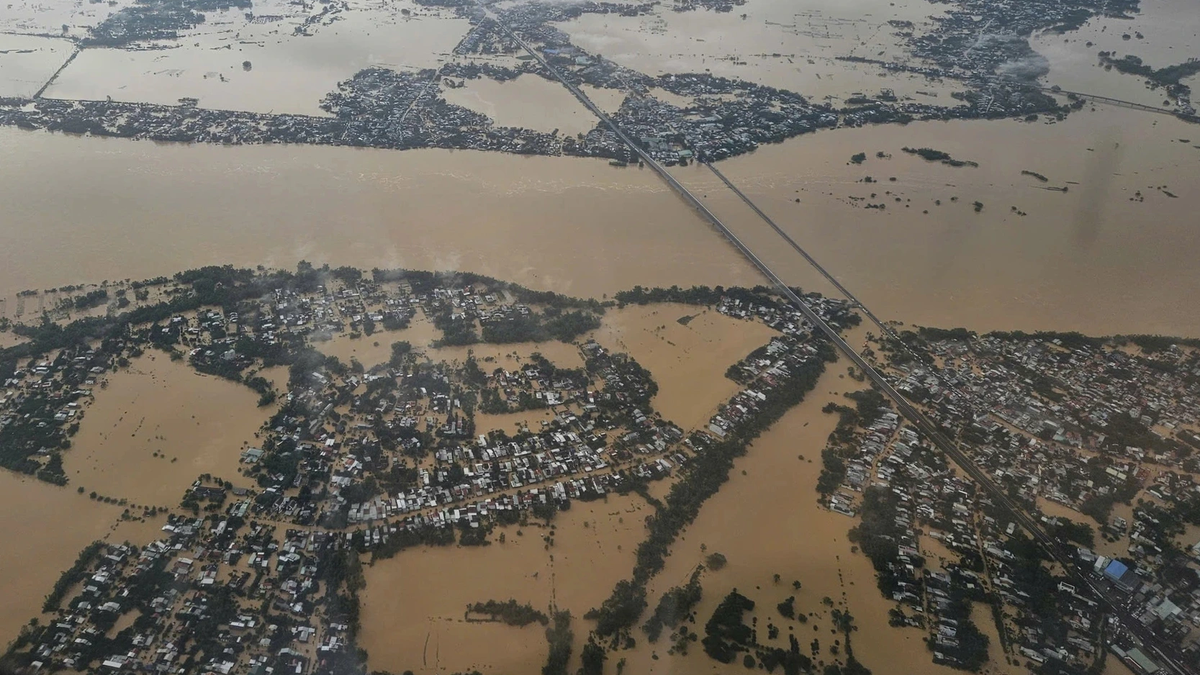



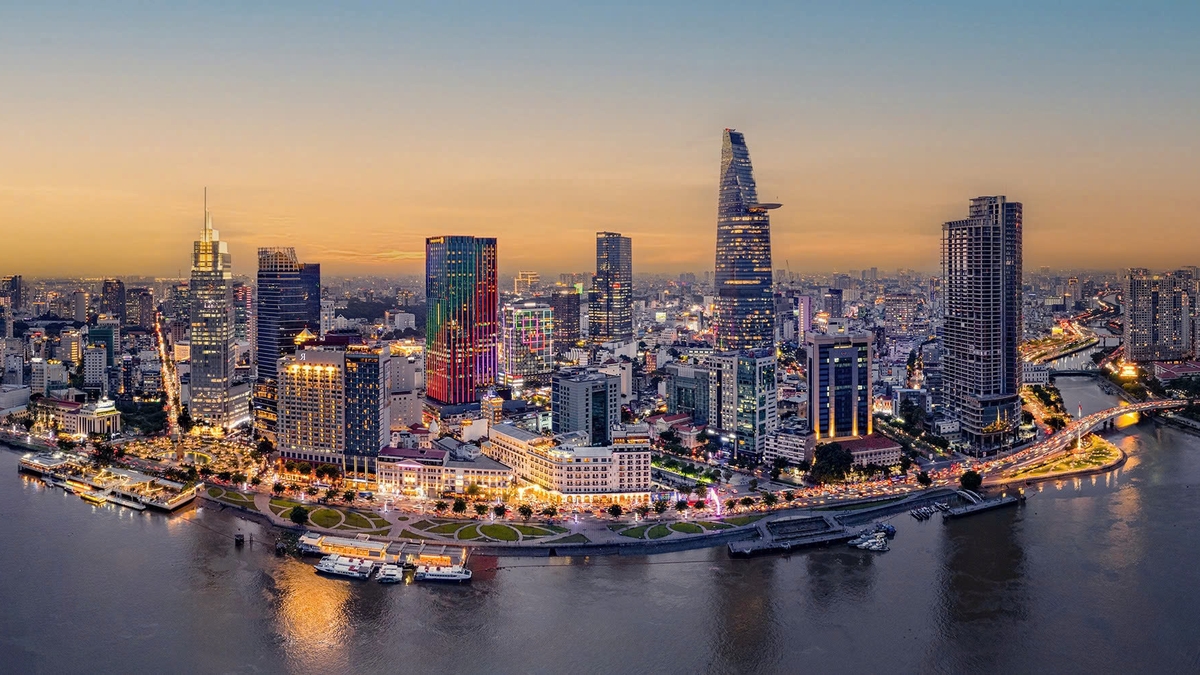
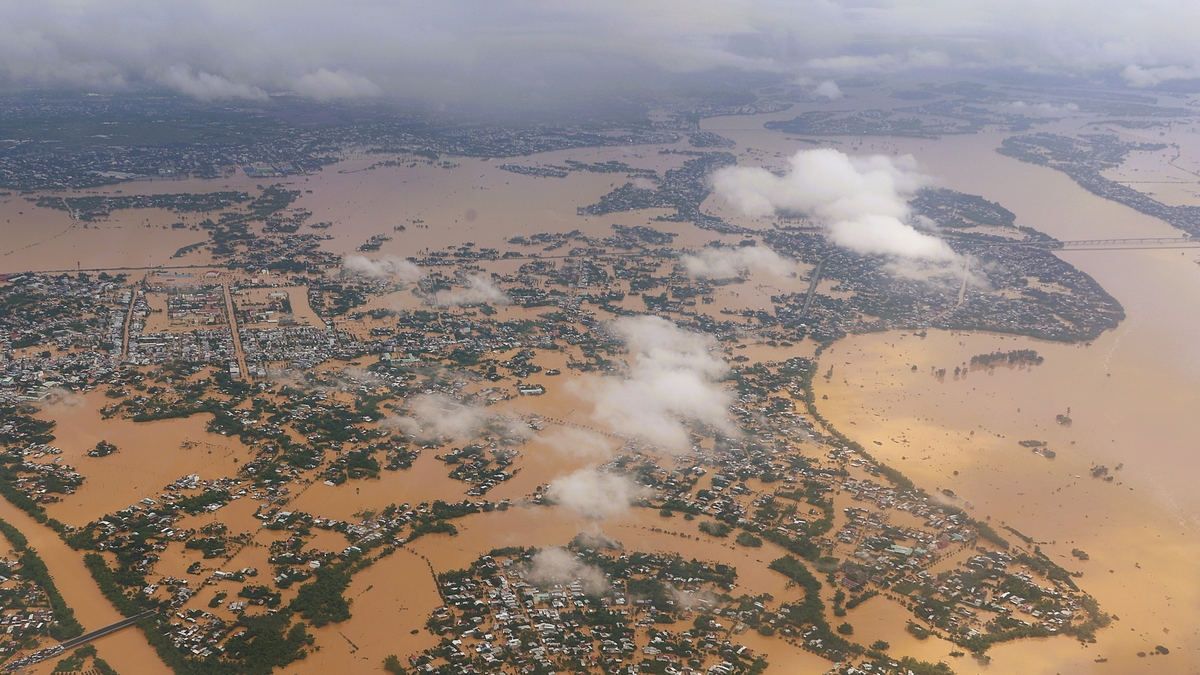







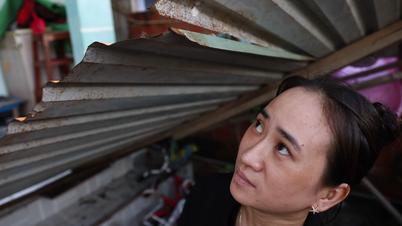




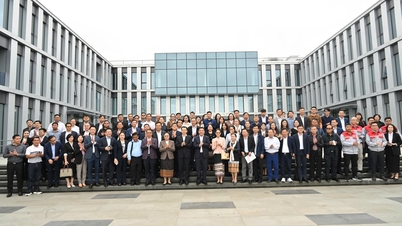


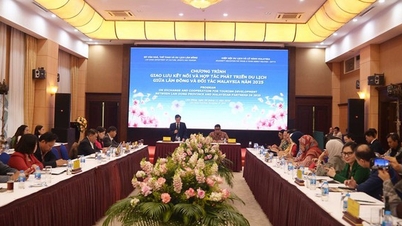
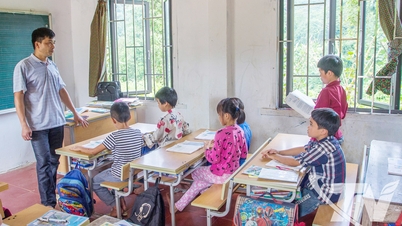




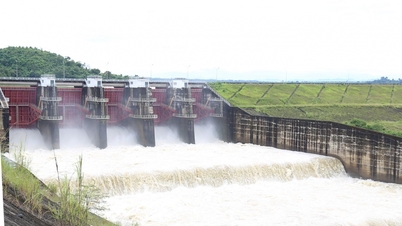




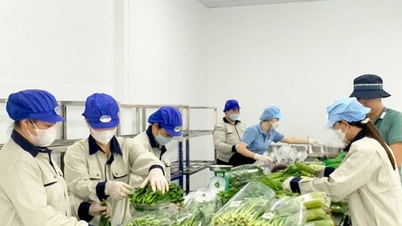








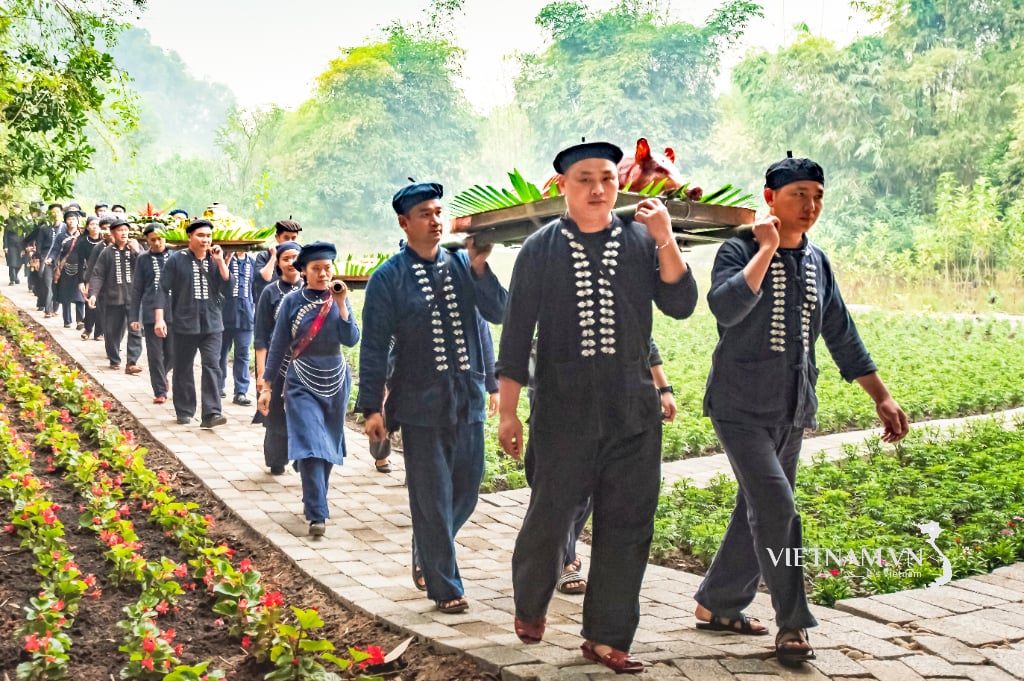



Comment (0)